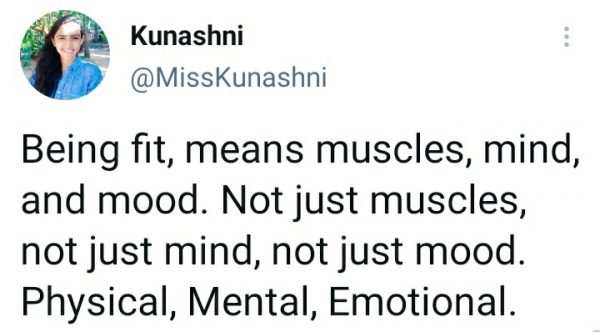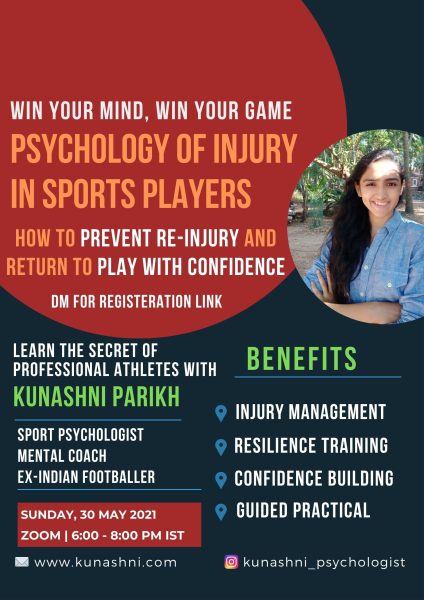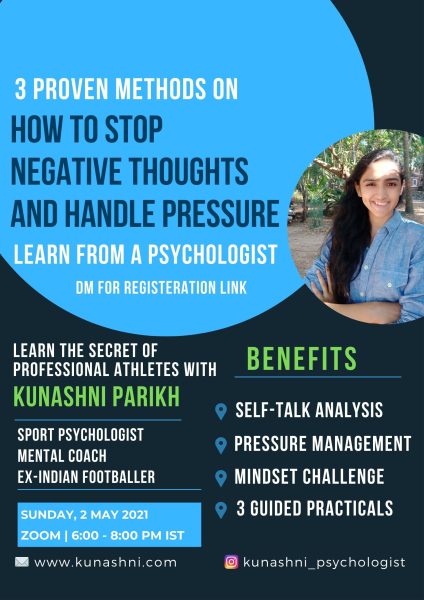When tensions rise — whether between nations, during elections, or in a public health crisis — the flood of news and opinions can feel overwhelming. In moments like these, one viral piece of fake information can do real damage: fueling hatred, panic, or even violence.
But there’s good news: by understanding how your brain reacts under stress, and following a few simple verification steps, you can avoid becoming a link in the misinformation chain — and instead, become a calm, informed voice in the noise.
The Neuroscience of Why We Fall for Fake News
Fake news is designed to trigger emotions — especially fear, anger, or surprise. When something feels shocking or urgent, we’re more likely to share it without checking the source. This isn’t a moral failing; it’s a feature of how the human brain evolved. Our ancestors survived by reacting quickly to threats, not by fact-checking them. In today’s digital world, that same instinct gets hijacked by headlines and hashtags.
When we encounter threatening news — especially during already tense situations — the amygdala, our brain’s fear center, lights up. This is part of our fight-or-flight response, designed to protect us. But this activation reduces activity in the prefrontal cortex, the area responsible for rational thinking, decision-making, and fact-checking.
At the same time, emotional arousal makes us more impulsive. Studies show that we’re 70% more likely to share emotionally charged content without verifying it. The more fear, outrage, or urgency something provokes, the more likely we are to react and repost — even if it’s false.
The Danger of a Single Message
Consider the ripple effect of one false claim during geopolitical tensions.
A manipulated video, an out-of-context quote, or a fake headline can inflame public sentiment and escalate real-world consequences. And in the age of instant sharing, misinformation can reach millions in minutes — long before fact-checkers catch up.
Introducing: The Information Verification Protocol
To help you pause and protect both yourself and others, here’s a simple protocol that responsible citizens use during critical situations.
Step 1: Implement a Personal Waiting Period
When you see shocking or alarming news, don’t share it immediately.
Wait at least 15 minutes. This delay allows the emotional intensity to settle and gives your prefrontal cortex time to re-engage. You’ll be surprised how different a headline looks after a short break.
Step 2: Cross-Check with Independent Sources
Before you believe or forward a message, check if it’s being reported by at least three reliable, independent sources — ideally including:
• Official government press releases
• Reputable, mainstream media outlets
• Fact-checking websites like Alt News, BoomLive, or international ones like Snopes
Also check for diverse viewpoints. If all your information is from sources that reinforce what you already believe, your confirmation bias may be clouding your judgment.
Step 3: Consider the Consequences of Sharing
Ask yourself: If this turns out to be false, could it lead to panic, hatred, or violence?
If the answer is yes, the safest and most responsible action is to wait. Sharing isn’t neutral — it’s an act of influence. Use that power wisely.
More Practical Steps
How to Train Your Brain to Resist Fake News
Here are a few practical, science-backed strategies to help you stay sharp:
1. Pause Before You Share
If something sounds outrageous or too good (or bad) to be true — pause. Ask: Who is behind this post? What’s their motive? Giving your brain a few seconds to engage the rational part can make all the difference.
2. Check the Source
Look beyond the headline. Is the source a reputable news outlet? Is it quoting verified experts or research? If it’s a forwarded message or untraceable link, chances are it’s not reliable.
3. Cross-Verify with Trusted Sites
Before believing or sharing anything big, check it against a credible fact-checking site. A quick Google search with “fake news” + topic often leads to verified information.
4. Strengthen Your Cognitive Muscles
Reading diverse viewpoints, engaging in critical thinking, and practicing mindfulness can help train the brain to be more reflective and less reactive.
5. Understand Your Emotional Triggers
Notice when certain topics stir strong emotions. These are moments when your judgment is most vulnerable. Pause. Breathe. Then investigate.
Why This Matters: More Than Just News
Falling for fake news isn’t just about misinformation — it’s about how we make decisions, form opinions, and relate to the world. Whether it’s health, politics, or personal beliefs, misinformation can affect our well-being, relationships, and society at large.
When we train our brains to pause, think critically, and seek the truth, we not only protect ourselves — we become part of a more thoughtful, responsible community.
The same protocol applies in many contexts:
• Health misinformation during a pandemic
• Fake political claims during elections
•Rumors about a missing person, vaccine side effects, or celebrity deaths
Whenever emotions run high, the risk of misinformation rises. But so does the need for calm, clear thinkers — like you.
You’re Not Just a Reader. You’re a Gatekeeper.
In today’s digital world, every share, forward, and post contributes to the public conversation.
That gives you incredible power — and responsibility.
Your ability to pause, verify, and reflect before amplifying a message can prevent misinformation from spreading, protect vulnerable communities, and promote healthier dialogue.
Final Word: A Moment’s Pause Can Change the World
You don’t need to be a neuroscientist to beat fake news — but knowing how your brain works can make you a smarter thinker. Every time you pause to ask, Is this true?, you strengthen your brain’s ability to think independently and clearly.
In a world full of noise, your clarity is your power.
In times of conflict or crisis, we often feel powerless. But small actions matter.
When you choose not to forward that emotional video or misleading post without checking the facts, you are protecting the people around you.
You are serving truth and leading by example.
Train Your Mind. Train Your Information Habits.
Let’s build a world where we think before we share.
Follow for more psychology insights that strengthen your mind — and society.













